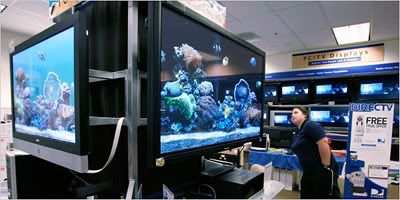
What kind of company takes out ads in daily newspapers attacking one of its own type of products? In the case of Panasonic, the answer is a company that has significant investments in a rival technology.
Panasonic, the consumer electronics company owned by Matsushita Electric Industrial, is the world’s biggest seller of plasma TVs. And it has long extolled the benefits of that technology compared with L.C.D., another flat-panel TV product. At the same time, the company sells a full line of L.C.D. sets.
But the company believes that plasma technology is under unfair attack from competitors making “desperate attempts” to denigrate what it sees as plasma’s superiority, according to Bob Greenberg, Panasonic’s vice president for brand marketing.
There is another issue as well, which is that the profit margins on L.C.D. TVs have fallen sharply because of competition.
To demonstrate plasma is better, the company has offered picture comparisons for journalists at electronics shows. And it has developed marketing materials that dispel some of the myths of plasma’s limitations, like how often to refill the plasma gas (never) and the problems with picture burn-in (none anymore).
This holiday, Panasonic went a step further, running an ad in newspapers around the country under the heading “Six facts you need to know before you buy a large flat-panel TV.” The ad points out plasma’s superior contrast, color rendition, crisp motion, viewing angle and durability when compared to L.C.D. TVs.
Not so fast, says Sony. The company, which exited the plasma TV market to concentrate on L.C.D. sets, is running its own series of sportslike newspaper and magazine ads that promote what it calls an HD challenge. Once consumers see reflections of fluorescent lighting in the plasma set, they will opt for L.C.D., the ad contends.
While most people do not have fluorescent lights in their living rooms, Sony believes its challenge shows how bright light bulbs and other reflections can spoil a picture.
“The showroom is the only place where a consumer can compare two TVs,” said Phil Abram, the company’s vice president of product marketing.
To help Panasonic maintain sales of both technologies, it sells plasma sets from 37 to 65 inches on the diagonal, while its L.C.D. TVs can only be purchased in sizes from 23 to 32 inches. Sony, Sharp and other manufacturers sell L.C.D. sets from 19 to 65 inches on the diagonal.
Panasonic also looks to segregate the market. The company argues that L.C.D. TVs, which look brighter in daylight, are the right choice for kitchens and other rooms that need smaller sizes. But in larger sizes and for fast-moving sports scenes, plasma is the right choice, said Mr. Greenberg. Since the ad campaign began, “field research shows that the dialogue is changing. Once you point out that the blacks in plasma are blacker than in L.C.D., it is like pointing out the rabbit in the painting.”
Both technologies are gaining market share at the expense of traditional tube sets, with L.C.D. sales this year overtaking picture tube sets for the first time.
According to data compiled by the NPD Group, L.C.D. TVs held 49 percent of the market in 2006, compared with 26 percent last year. Plasma’s market share increased to 10 percent from 5 percent. At the same time, sales of picture tube TVs dropped by more than half, to 21 percent this year from 46 percent in 2005.
Does Panasonic’s strong support of plasma technology mean that it will never sell a very large L.C.D. TV? Well, not exactly.
“Panasonic in Japan is studying L.C.D. in its larger formats,” Mr. Greenberg said. “If we introduce larger-sized L.C.D. TVs, we will have overcome the problems in that technology.”
 Metrics company Hitwise writes a sensational blog post showing the dramatic rise of Google Blog Search against competitors Technorati and Sphere. Their data is saying that this week, for the first time, Google Blogsearch surpassed Technorati in total visits.
Metrics company Hitwise writes a sensational blog post showing the dramatic rise of Google Blog Search against competitors Technorati and Sphere. Their data is saying that this week, for the first time, Google Blogsearch surpassed Technorati in total visits. 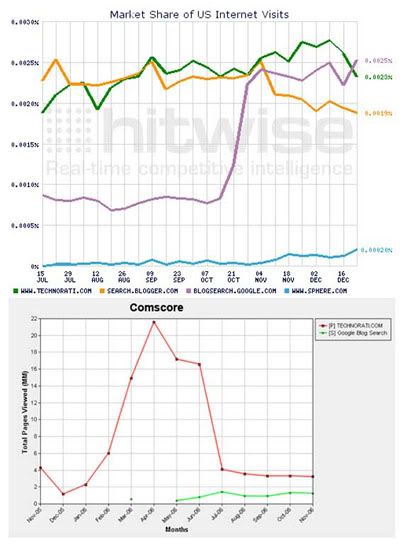

 Japanese media groups have called YouTube's response to copyright violations "unsatisfactory," but are still hopeful things can be worked out.
Japanese media groups have called YouTube's response to copyright violations "unsatisfactory," but are still hopeful things can be worked out. Google made a
Google made a 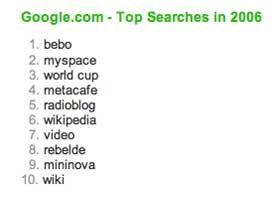 In the
In the  Just a week after I wrote “
Just a week after I wrote “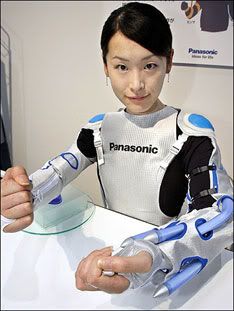


 LONDON — Light Blue Optics Ltd., a startup company developing a color projector suitable for inclusion in mobile phones and other portable equipment, has agreed to license a key patent from Cambridge Enterprise Ltd., the University of Cambridge's technology commercialization service.
LONDON — Light Blue Optics Ltd., a startup company developing a color projector suitable for inclusion in mobile phones and other portable equipment, has agreed to license a key patent from Cambridge Enterprise Ltd., the University of Cambridge's technology commercialization service. 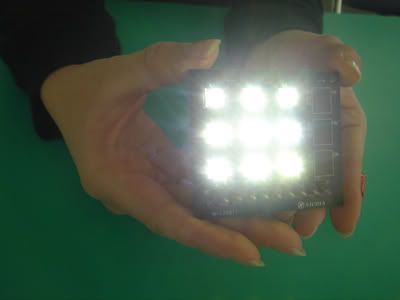
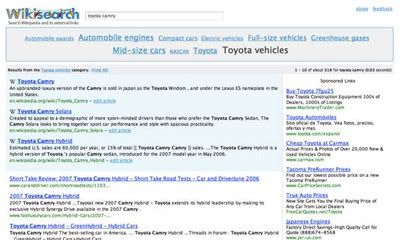
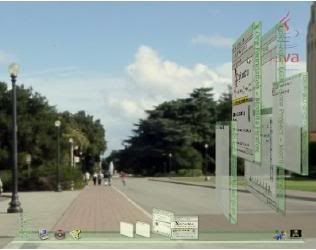
 If granted, countries would be obliged to provide social benefits including housing and even "robo-healthcare", the report says.
If granted, countries would be obliged to provide social benefits including housing and even "robo-healthcare", the report says. 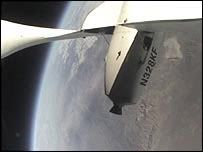 The 246 summary papers, called the Sigma and Delta scans, were complied by futures researchers, Outsights-Ipsos Mori partnership and the US-based Institute for the Future (IFTF).
The 246 summary papers, called the Sigma and Delta scans, were complied by futures researchers, Outsights-Ipsos Mori partnership and the US-based Institute for the Future (IFTF). 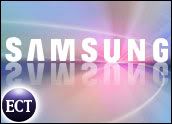 Samsung on Tuesday released a new cell phone, the SCH-V960, touting its unique "optical joystick," which is used for navigating menus, as a "world's first." The phone also has a 2 megapixel camera, GPS and Bluetooth functionality, and a screen that automatically adjusts its brightness based on ambient light levels to conserve battery life.
Samsung on Tuesday released a new cell phone, the SCH-V960, touting its unique "optical joystick," which is used for navigating menus, as a "world's first." The phone also has a 2 megapixel camera, GPS and Bluetooth functionality, and a screen that automatically adjusts its brightness based on ambient light levels to conserve battery life. Matsushita Electric Industrial Co., better known as Panasonic, says it has made a safer lithium-ion battery that won't overheat within a notebook computer or other electronic device, preventing the potential fire hazard that led to the recall earlier this year of millions of batteries.
Matsushita Electric Industrial Co., better known as Panasonic, says it has made a safer lithium-ion battery that won't overheat within a notebook computer or other electronic device, preventing the potential fire hazard that led to the recall earlier this year of millions of batteries. 

 It enables users to watch TV while they do various PC work like surfing the internet or editing documents. It can jump from TV-mode to PC-mode or vice versa easily with a touch of a button on remote control and provide instant access to web content related to the program that is currently on the screen, and allow users to move to the sites directly.
It enables users to watch TV while they do various PC work like surfing the internet or editing documents. It can jump from TV-mode to PC-mode or vice versa easily with a touch of a button on remote control and provide instant access to web content related to the program that is currently on the screen, and allow users to move to the sites directly. 








 Yahoo launched Video 3.0 in beta today. The company sent us the screenshots below to give us a preview of the new video player.
Yahoo launched Video 3.0 in beta today. The company sent us the screenshots below to give us a preview of the new video player. 



